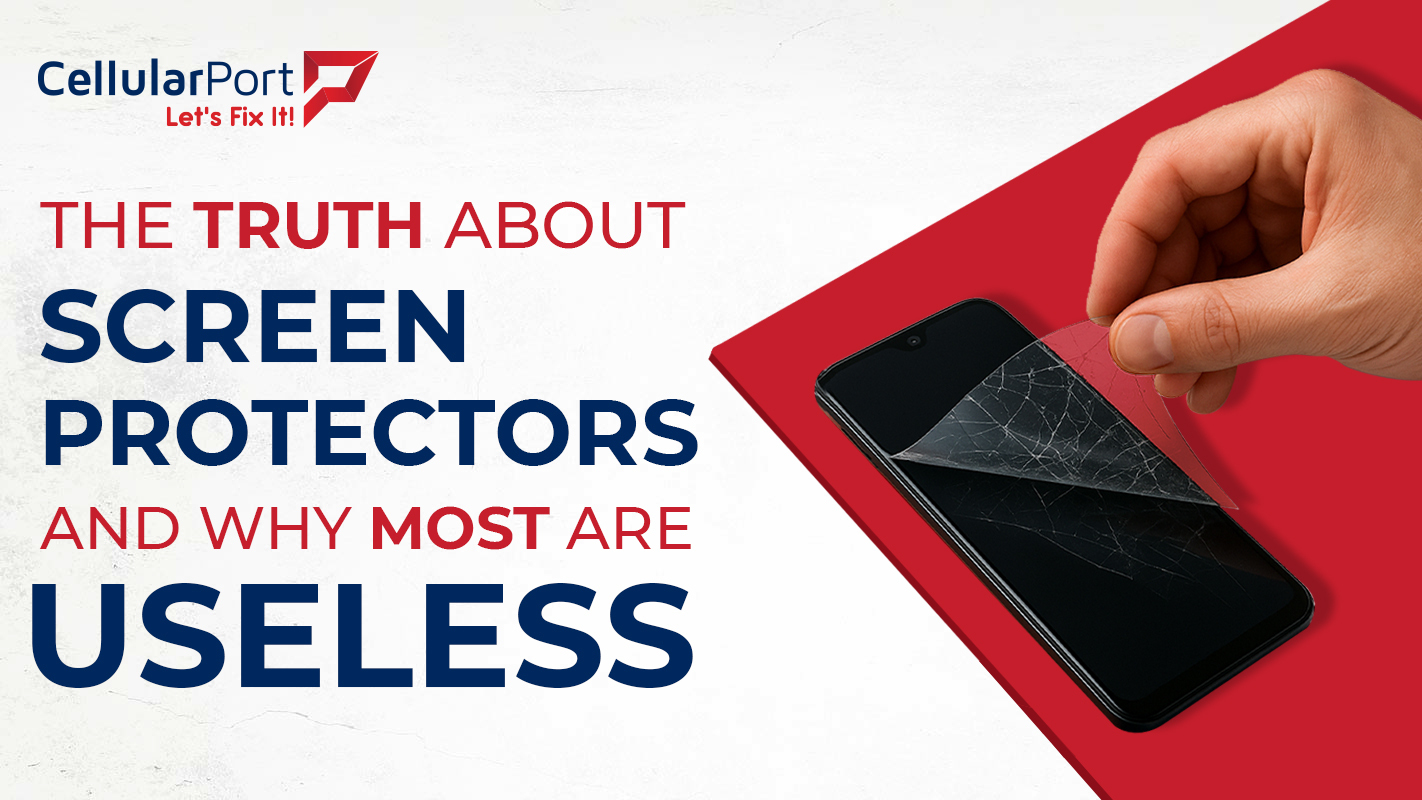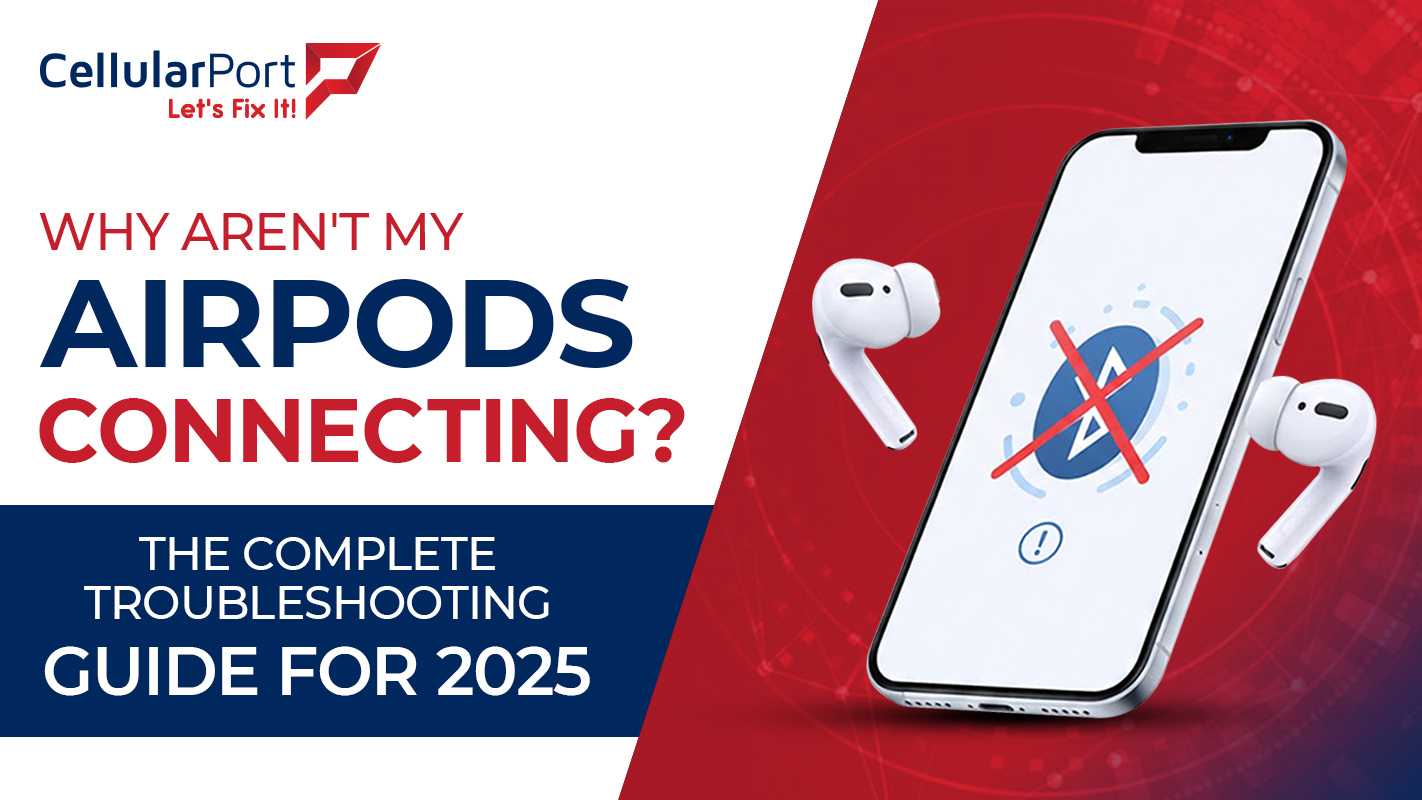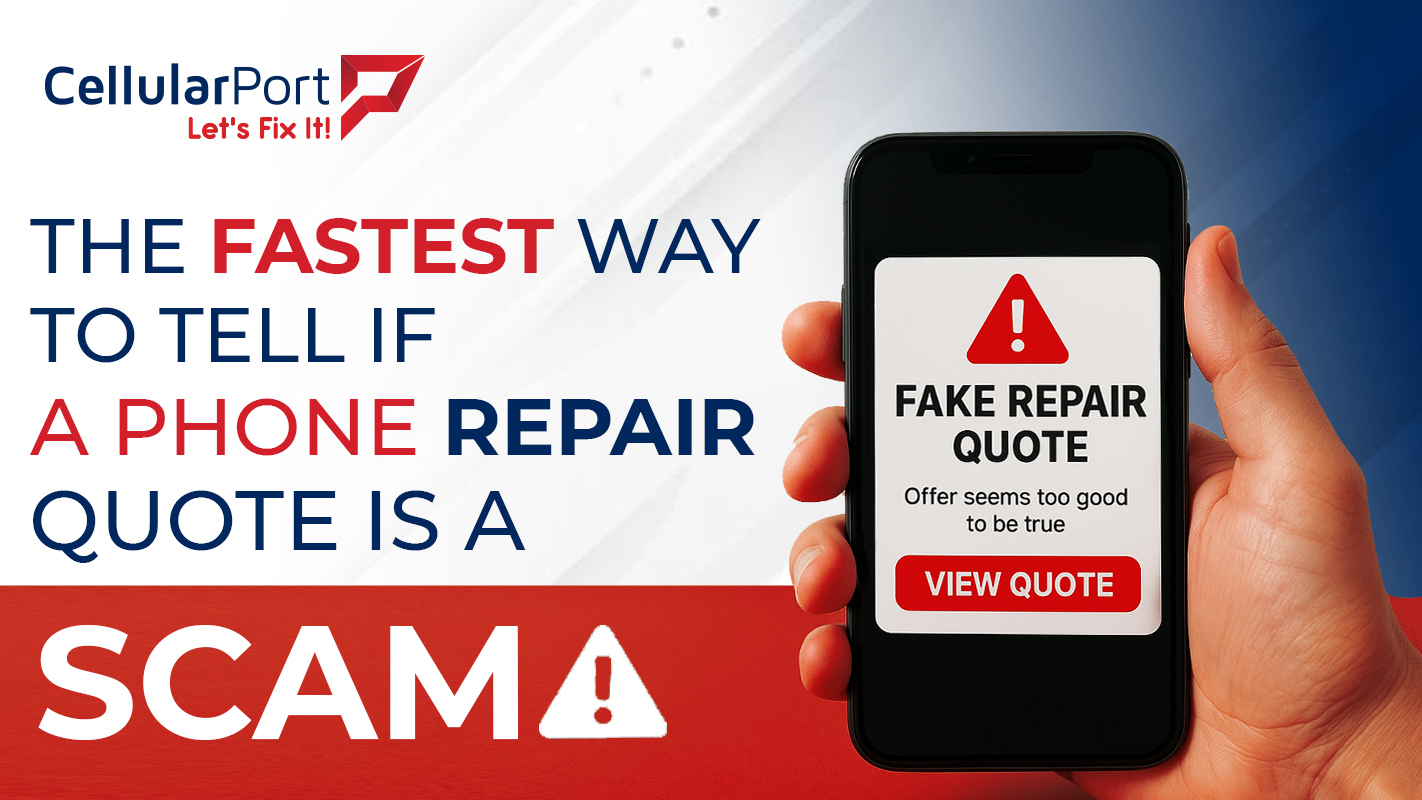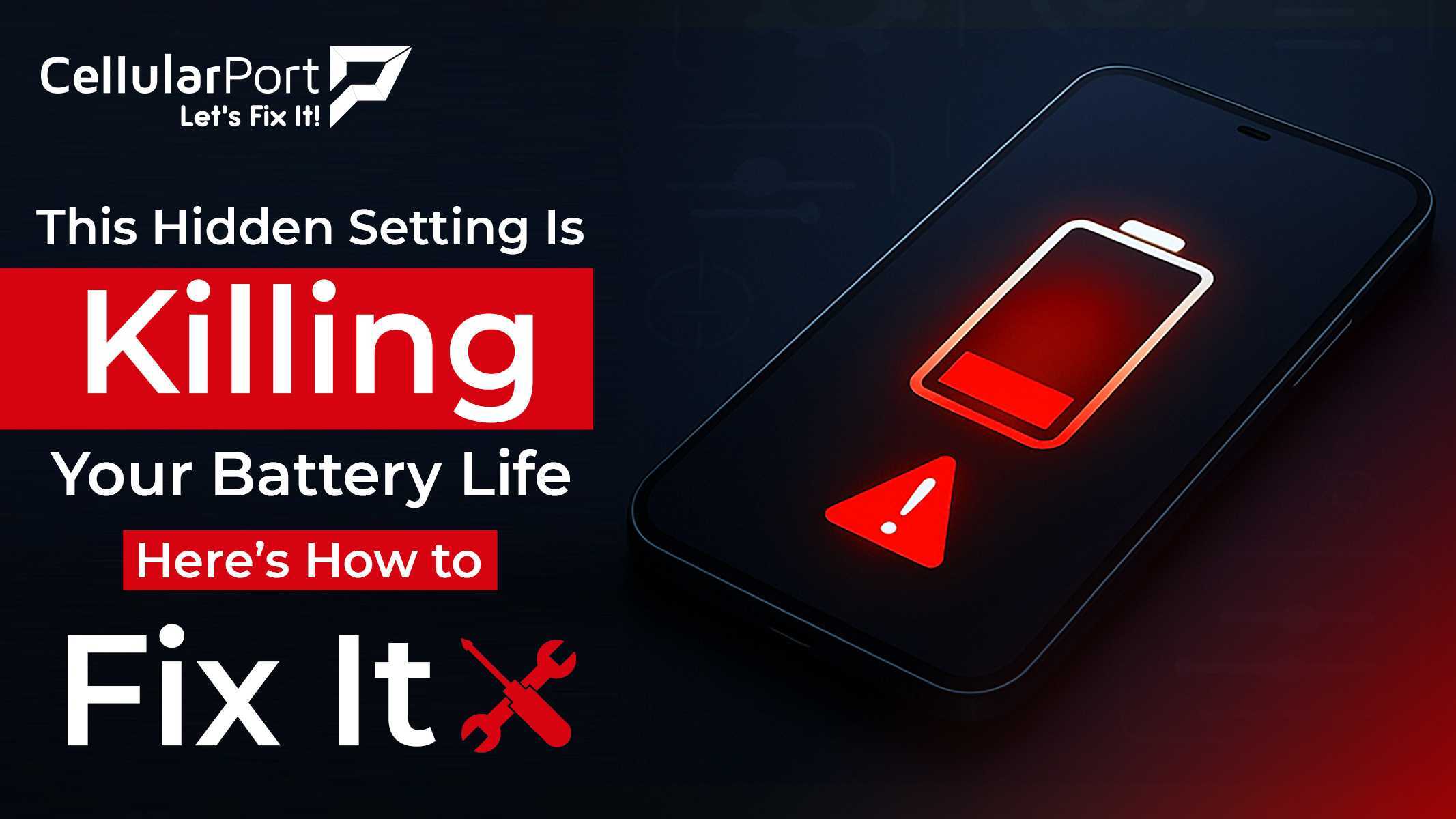In a world where smartphones cost upwards of $1,000, the $15 screen protector seems like cheap insurance. But is that extra layer actually protecting your expensive device, or is it just a placebo giving you false confidence? Let’s cut through the marketing hype and examine what science and real-world testing tell us about these accessories.
Do Screen Protectors Actually Work?
The short answer: technically, yes.
Screen protectors primarily defend against one specific type of damage: scratches. Most modern smartphones already use Corning Gorilla Glass or similar hardened glass that rates between 5.5 and 6.5 on the Mohs hardness scale. This means they resist scratches from most common materials like keys (3-4 on Mohs scale) and coins (3-3.5).
What truly threatens your screen isn’t your keys or coins – it’s microscopic particles of sand and dirt (quartz measures 7 on Mohs scale) and, of course, drops onto hard surfaces.
When manufacturers claim their protectors prevent shattering, they’re often being misleading. The physics simply don’t support it in most cases. When your phone falls screen-first onto concrete, the impact energy doesn’t magically disappear because of a thin piece of glass on top.
Understanding Screen Protector Materials
Not all screen protectors are created equal. Let’s examine the most popular types:
Tempered Glass Screen Protectors
Pros:
- Closest feeling to your actual screen.
- Good scratch resistance.
- May offer minimal impact absorption.
Cons:
- Bulkier than alternatives.
- Can shatter independently of your screen.
- Quality varies dramatically.
Tempered glass protectors have become the standard, but their effectiveness hinges entirely on quality. A poorly made tempered glass screen protector can shatter instantly, while higher-quality ones distribute impact force more effectively.
Also Read: Risks of Using a Phone With Cracked Screen
Thermoplastic Polyurethane (TPU) Protectors
Pros:
- Flexible and less prone to cracking.
- Self-healing properties for minor scratches.
- Better impact absorption than glass.
Cons:
- Rubbery feel affects touch sensitivity.
- Yellow over time.
- Less scratch-resistant than glass.
TPU protectors offer decent all-around protection but degrade faster than other options.
Polyethylene Terephthalate (PET) Protectors
Pros:
- Thin and lightweight.
- Inexpensive.
- Clear with minimal effect on screen visibility.
Cons:
- Minimal impact protection.
- Less scratch resistant.
- Can feel “plasticky”
PET protectors were the original standard but have largely been replaced by superior materials.
Ceramic Screen Protectors
Pros:
- Extremely scratch-resistant (8-9 on Mohs scale)
- Thin profile.
- Excellent clarity.
Cons:
- Expensive.
- Brittle and can crack.
- Limited availability.
Ceramic protectors offer exceptional scratch protection but minimal impact resistance.
Nano Liquid Screen Protectors
Pros:
- Invisible protection.
- No bulk or edges to peel.
- Works on curved screens.
Cons:
- Minimal verifiable protection.
- Difficult to assess effectiveness.
- Mostly unproven claims.
These liquid solutions claim to add a microscopic protective layer but have little independent testing to verify their effectiveness.
Sapphire Screen Protectors
Pros:
- Extremely hard (9 on Mohs scale)
- Exceptional scratch resistance.
- Premium look and feel.
Cons:
- Very expensive.
- Brittle.
- Limited availability.
True sapphire protectors are rare and prohibitively expensive for most consumers.
Also Read: Should You Remove My Screen Protector If It’s Cracked? – The Complete Guide
Separating Fact from Fiction
The “best” screen protector depends entirely on your priorities. For maximum scratch protection, ceramic or high-quality tempered glass options lead the pack. For impact protection, a TPU protector offers better energy absorption.
What’s marketed as “best” often means “best profit margins” for retailers. The $40 tempered glass protector likely costs less than $2 to manufacture.
Independent testing consistently shows that most mid-range tempered glass protectors ($15-25) perform nearly identically to premium options ($40+), with differences mainly in oleophobic coatings and installation tools rather than protection level.
Best Screen Protector for iPhone 16 Pro – Worth the Premium?
Apple’s latest flagship demands special consideration given its $1,000+ price tag. The iPhone 16 Pro’s Ceramic Shield front is already significantly more scratch-resistant than previous generations.
Most “iPhone 16 Pro specific” protectors are simply standard protectors with precisely cut camera and sensor holes. The protection level remains identical to generic options.
For iPhone 16 Pro owners, a high-quality tempered glass protector in the $15-25 range offers the best value proposition. The primary benefit comes from replaceable scratch protection rather than drop protection.
iPad Screen Protector Considerations
Tablets present unique challenges for screen protection. Their larger screens mean:
- More surface area is vulnerable to damage.
- Higher replacement costs.
- More difficult installation without bubbles.
- Greater impact force when dropped.
For iPads, paper-like protectors have gained popularity among artists and note-takers for their textured surface that mimics paper feel with an Apple Pencil. However, these sacrifice some clarity for texture.
Standard tempered glass remains the most popular option for general iPad users, though installation challenges increase with screen size.
Apple Watch Screen Protector – Necessary or Overkill?
Apple Watches present a compelling case for protection. Their exposed position on your wrist makes them vulnerable to bumps against doorways, walls, and furniture.
Unlike phones that primarily face drop damage, watches face constant low-impact collisions. This makes even basic protection worthwhile. The small surface area also means protectors are inexpensive ($5-10 for quality options).
TPU protectors that cover both screen and sides offer the most comprehensive protection for Apple Watches, particularly for active users.
How to Put On a Screen Protector Without Bubbles
The perfect screen protector becomes worthless with poor installation. Follow these steps:
- Clean thoroughly: Use the included alcohol wipe, then microfiber cloth.
- Remove dust: Use dust removal stickers in a quiet, non-dusty room.
- Align carefully: Use the guide tools or alignment frame if included.
- Apply from center: Let the protector fall naturally from one point.
- Remove bubbles: Use a card or tool to push bubbles toward edges.
- Be patient: Some microscopic bubbles disappear within 24-48 hours.
The difference between professional and DIY installation often comes down to environment-control and patience rather than skill.
How Much Does a Screen Protector Cost (And What You’re Actually Paying For)
Screen protector pricing varies wildly:
- Basic PET: $1-5
- Standard tempered glass: $5-15
- Premium tempered glass: $20-40
- Ceramic or specialty: $30-70
- Liquid nano: $20-30 (per application)
- Sapphire: $50-100+
What drives price differences? Rarely is it material quality alone. The biggest factors are:
- Brand name premium.
- Retail markup.
- Packaging and accessories.
- Marketing costs.
The actual manufacturing cost for most tempered glass protectors is under $2. The remainder funds the supply chain and profit margins.
Are Screen Protectors Worth It? A Cost-Benefit Analysis
To determine true value, consider:
- Replacement screen cost: $180-350 for premium phones.
- Inconvenience factor: Days without your device.
- Environmental impact: Electronic waste from replacement.
- Aesthetic compromise: Added bulk and potential clarity issues.
- Actual protection level: Minimal impact protection, good scratch prevention.
For most users, a mid-range tempered glass protector represents reasonable insurance against scratches. However, they provide minimal protection against the most common cause of screen damage: drops from waist height or higher.
If I Use a Screen Protector, Do I Really Need a Case?
This question reveals a fundamental misunderstanding about what screen protectors actually do.
Screen protectors primarily prevent scratches, while cases primarily prevent impact damage. They serve different functions and ideally work together.
A screen protector without a case leaves your phone vulnerable to the most common damage scenario: corner and edge impacts that transfer force to the screen. According to repair statistics, over 80% of screen cracks initiate from edge impacts.
Conversely, a case without a screen protector leaves your screen vulnerable to microscopic scratches that accumulate over time.
The most effective protection combines:
- A case with raised edges (preventing direct screen contact when face-down)
- A quality screen protector (preventing scratch accumulation)
The Scientific Truth Behind Impact Protection
Physics doesn’t lie. When your phone falls, it generates kinetic energy based on:
- Mass of the phone.
- Height of the fall.
- Gravitational acceleration.
This energy must go somewhere when impact occurs. A thin glass protector can’t absorb significant energy. What actually protects your phone in drops is:
- Energy dispersion: Spreading force across a larger area.
- Energy absorption: Converting kinetic energy to other forms (usually heat)
- Deflection: Redirecting force away from vulnerable components.
A quality case addresses all three principles. A screen protector primarily addresses only the first, and minimally at that.
The Screen Protector Industry’s Open Secret
The screen protector industry thrives on consumer misconceptions. The uncomfortable truth is that most protectors:
- Offer virtually identical protection regardless of price point.
- Provide minimal impact protection despite marketing claims.
- Serve primarily as replaceable scratch surfaces.
- Generate enormous profit margins (often 2000%+)
This isn’t to say they’re worthless—scratch protection remains valuable. But consumers should understand what they’re actually purchasing.
Also Read: How to Stop a Phone Screen Crack from Spreading?
So What Actually Protects Your Screen?
If screen protectors offer limited drop protection, what does work? Physics-based solutions:
- Properly designed cases: Especially those with air-gap corners and raised edges.
- Proper handling habits: Using two hands, avoiding multitasking while using devices.
- Grip accessories: PopSockets, rings, and textured cases prevent drops in the first place.
- Shock-absorbing materials: Certain polymers convert kinetic energy to heat.
The best protection strategies focus on preventing drops rather than attempting to make devices indestructible.
In Conclusion
After examining the evidence, a sensible approach emerges:
- Use a mid-range tempered glass protector ($10-20) for scratch protection.
- Pair it with a quality case that has raised edges.
- Focus on drop prevention rather than drop survival.
- Be skeptical of marketing claims about impact resistance.
- Replace your protector when significantly scratched.
This approach balances cost, effectiveness, and practicality while acknowledging the limitations of current protection technology.
Broke Your Screen? Here Are Your Next Steps
Despite best efforts, screens sometimes break. When disaster strikes, professional repair often costs less than you might expect. CellularPort specializes in rapid, high-quality screen repairs for all major devices, often while you wait.
Unlike mall kiosks using generic parts, CellularPort uses OEM-grade components and certified technicians to ensure your device works exactly as intended after repair.
Don’t let a cracked screen ruin your day – or your device. Visit CellularPort for a free repair estimate and same-day service on most popular models. Because even the best protection sometimes isn’t enough.

















